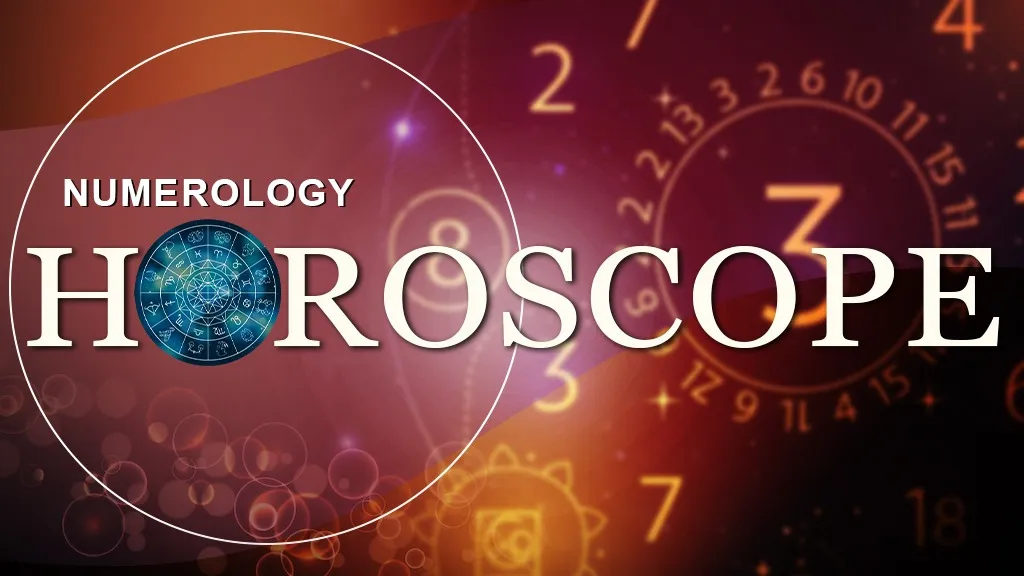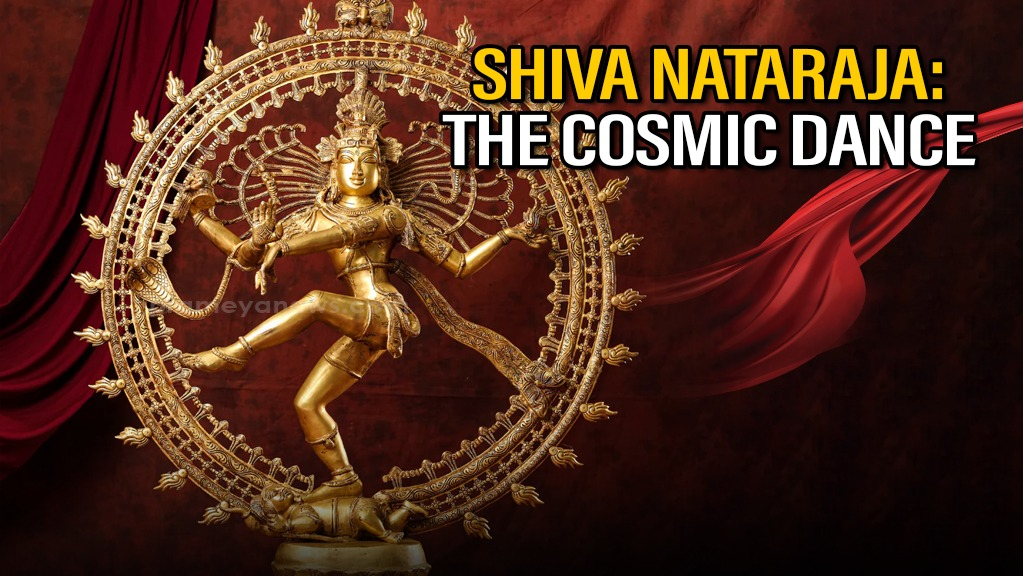

The Nataraja form of Shiva is depicted as a dancing figure with four arms, each holding a symbolic object. He dances within a circle of flames, representing the cyclical nature of time and the universe. The dance is known as Tandava, the cosmic dance of creation and destruction.
To understand the significance of Shiva's dance, it's essential to consider the different types of dance described in Hindu mythology. For instance, the apsaras in Indra's court dance for the pleasure of the Devas, while Shiva's dance is an expression of his inner state, a manifestation of peace, joy, or sorrow.
The story of Bhringi, a sage who wished to circumvent Shiva but not Parvati, further illustrates the concept of Shiva and Shakti as one. When Bhringi tried to circumvent Parvati, she merged with Shiva, becoming his left half. This tale emphasizes the inseparable nature of the masculine and feminine principles in the cosmos.
The Nataraja iconography is rich in symbolism. Each element holds a deeper meaning:
The Nataraja form also embodies the five primordial acts or panchakritya: creation (srishti), preservation (sthiti), destruction (samhara), illusion (tirobhava), and salvation (anugraha). These five acts represent the dynamic forces that shape the universe and the individual's journey towards liberation.
The Nataraja form has been interpreted in various ways:
The Nataraja form emerged during the Chola dynasty in South India. The Cholas believed Chidambaram, a temple city, to be the earthly home of Shiva, where he performed the "dance of bliss" (ananda tandava). The Nataraja image became a symbol of Chola power and remains relevant in India and throughout the world today.
The earliest historically verifiable Shiva temple at Chidambaram dates back to the early 10th century. The Cholas considered Shiva Nataraja their family deity and Chidambaram their capital. The Nataraja sculptures, typically made of bronze, are often carried in religious processions and festivals.
The Nataraja form of Shiva is a profound symbol of the cosmic dance of creation and destruction. It embodies the cyclical nature of the universe and the eternal dance of life. On this Maha Shivaratri, as we contemplate the secrets of Nataraja, we gain a deeper understanding of Lord Shiva's role in the universe and his significance in Hindu mythology. The dance of Nataraja is not a mythical representation but a metaphor for the constant change and flux that characterise our existence. It reminds us that creation and destruction are intertwined, and that liberation lies in going above the limitations of ignorance and ego. In contemporary society, where change is a constant and uncertainty prevails, the image of Nataraja serves as a powerful reminder of the fundamental order and rhythm of universe.
Sources and Reference:
Nataraja: Interpretations and Modern Day Application - Indian.Temples: https://indiantempless.in/2024/08/12/nataraja-interpretations-and-modern-day-application/
Who we dance for? - Devdutt Pattanaik: https://devdutt.com/who-we-dance-for/
Ardhanareshwara - Devdutt Pattanaik: https://devdutt.com/ardhanareshwara/
Lord Shiva's Nataraja on Maha Shivratri signifies the unity of mythology, religious art and modern physics – Indianarrative: https://www.indianarrative.com/culture-news/lord-shivas-nataraja-on-maha-shivratri-signifies-the-unity-of-mythology-religious-art-and-modern-physics-16617.html
The Secret Behind Lord Nataraja form of Lord Shiva – StatueStudio: https://www.statuestudio.com/blogs/hinduism/the-secret-behind-lord-nataraja-form-of-lord-shiva
The Origins of Shiva Nataraja - Smithsonian's National Museum of Asian Art: https://asia-archive.si.edu/learn/india-shiva-nataraja-lord-of-the-dance/origins/